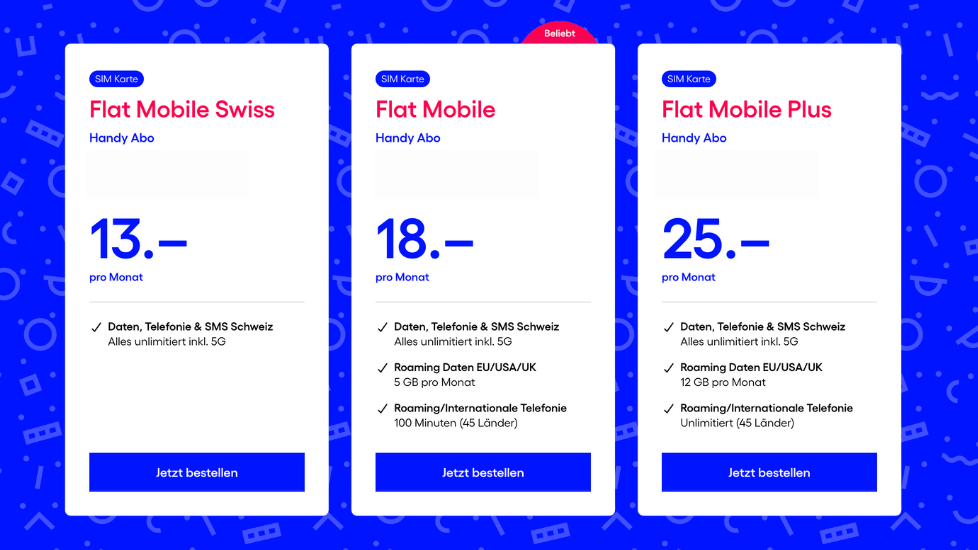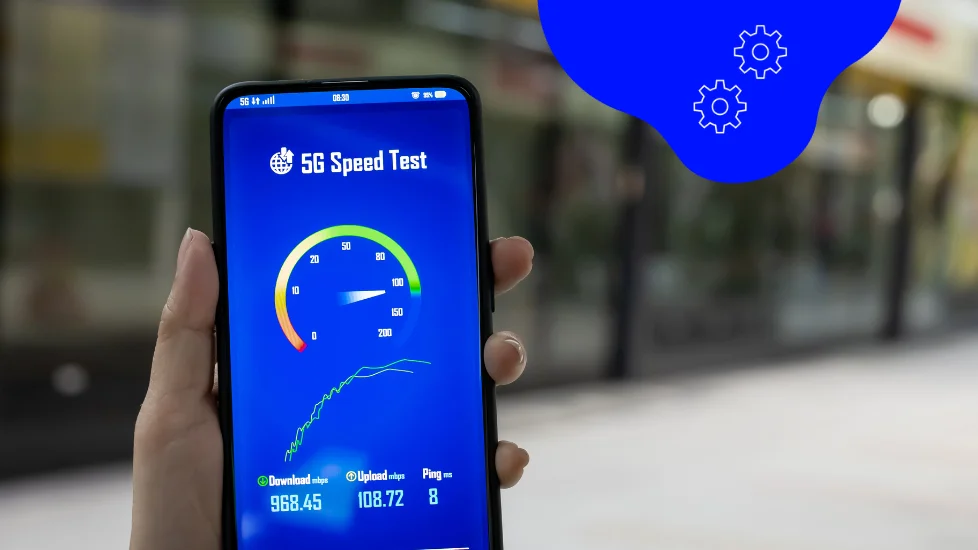Mobile internet for everyone and everything
Smart Farming: Embracing the future of farming
GVS Agrar and the digitalization of agriculture
Smart Farming – just a fad or a promising concept with the potential to revolutionize agriculture? Smart Farming is the buzzword of the industry. But what is it all about? The collaboration of GVS Agrar and Digital Republic sheds light on the subject and shows how farms are living Smart Farming on a daily basis and successfully master the digital transformation.
In agriculture, it’s often the tried and trusted that still counts. Hardly any data is collected beyond one’s own memory or a handwritten list: Sowing, plowing, harvesting is done based on experience or discretion. This may work, but bears the risk of potential synergies being unrecognized. The processes on the farm may not be optimally coordinated with each another and are therefore more time-consuming than they need to be. In addition, the fields are under heavy strain due to negative climate influences and the growing demand for yields. Their fertile cultivation is becoming more and more difficult, while demand continues to rise due to large population growth. Agriculture is facing increasing challenges. A transformation of existing systems seems more relevant than ever.
Smart technologies turn conventional farming upside down
The image of a farmer living in harmony with flora and fauna supposedly doesn’t match up with high-tech – with robots, artificial intelligence and the Internet of Things. However, this opinion needs to be revised: The long-standing company GVS Agrar AG shows that digitality and rural life go well together. For more than 75 years, the agricultural machinery maker has been supplying Swiss farms with tractors and other equipment. However, the long history and tradition of the company in eastern Switzerland does not mean that it connives at the future. It’s just the opposite: GVS Agrar AG is committed to Smart Farming. In other words, it applies modern technologies in agriculture to increase efficiency and precision in the fields, thus driving the digital transformation in agriculture. While this sounds impressive, it still appears abstract. What does Smart Farming mean in concrete terms for the daily work of a farmer?
Field work at GVS Agrar: state-of-the-art and efficient
At GVS Agrar AG, Smart Farming technologies are used for the operating system FendtONE in tractors, to provide the best possible support for planning and implementing the cultivation of fields. This system becomes smart only when connected to the Internet. Since an Internet connection – for example via WLAN – is not available in the field, the provision of a mobile Internet infrastructure via the LTE, 4G or 5G mobile networks is essential. For this GVS relies on Digital Republic and equips each of the operating systems with a SIM card. In this way, offboard activities – i.e. tasks in the office – and onboard work on the tractor can be connected: Position data and work orders are transmitted to the tractor in the field in real time.

In concrete terms, this works as follows. The Farm Management Information System is at the heart of the entire technology. It bundles all the information and empirical values required for activities in the field. For example, the dimensions of the field or seed amounts from the previous season are stored there. Using this data pool, orders are planned and prepared by an employee in the office and then sent to the tractor. Based on the previously defined specifications, the order can be executed in the field without much communication effort. But it is not only coordination effort that is eliminated. Orders can also be implemented precisely down to the last detail. For example, only the routes previously defined in the order are driven with centimeter precision; the ideal application rate is automatically distributed at the right place in the field; and gaps or double treatments are ruled out by the system. With the help of drones and soil data, the optimal amount of fertilizer can be calculated. Thanks to the new technologies overfertilization or unused seed areas are a thing of the past! After a completed task, the data is sent back to the system, which continuously learns as the data base grows.
What sounds simple is subject to sophisticated algorithms and complex networked systems. Thus, Smart Farming facilitates a new level of efficiency and precision that could never be achieved with conventional agricultural processes. Seeds and fertilizers are saved, soils are conserved and cultivated in a targeted manner – a great, but often unrecognized potential for the profitability of farms, as well as for the protection of the environment through the careful use of resources. That is why it is even more valuable that GVS Agrar makes these innovations accessible to the masses.
The Swiss Future Farm brings Farming 4.0 to life
Such Smart Farming solutions can be experienced in action at the Swiss Future Farm, where GVS Agrar AG runs a farm together with their project partners AGCO Corporation and the Education and Advisory Center Arenenberg. The latest precision farming technologies are used and tested on the 81-hectare farm in Tänikon, Thurgau: The right quantities are provided at the right time, in the right place, to enable optimal farming. This can only succeed through perfectly coordinated processes and seamless interaction of the systems. “Our systems are fully integrated into the vehicle. Because we supply everything from a single source, we can guarantee the ideal support for our customers,” explains Armella Egli from GVS Agrar AG.
What GVS Agrar appreciates about Digital Republic’s mobile Internet solution is the flexible pricing structure and the simple management of many SIM cards. This means that each SIM card can be named with the machine’s identification number and can quickly be found by using the search function in the customer portal. If there are no tractors in use during the winter, there is no need to pay for the connectivity. In the customer portal, SIM cards can be paused at will and reactivated in the spring – simple and smart.
From office to field with Smart Farming
The success story of GVS Agrar reveals that Smart Farming is anything but an empty promise. Smart Farming enables measurable increases in quality and efficiency while saving resources. Time-consuming, manual planning and administration work are history – integrated systems and automated processes are the name of the game. Not only do innovative technologies connect people and machines in agricultural work, but they also ally the traditional industry of agriculture with new startups and players from the tech sector. Although some refinements and further developments are still needed, impressive milestones have already been reached and the future of agriculture looks promising.
Discover Our Other News Articles

The Development of Our Ideal Cell Phone Plans for Switzerland
The path to the current Trio Flat Mobile Swiss, Flat Mobile, and Flat Mobile Plus cell phone plans is also an example of how Digital Republic wants to function as a provider and where its priorities lie. We have quickly transformed ourselves from a pure data SIM provider to a cell phone plan provider. And we have completely rethought the development process.

The Affordable Mobile Provider With Award-Winning Service
When it comes to mobile providers in Switzerland, the wheat is often separated from the chaff when it comes to price. Either you pay little for your subscription and do without services like support or 5G, or you go to one of the big providers and pay more than you might like. At Digital Republic, you get both!

Why 5G Is Not Always Equally Fast
Sometimes fast, sometimes slow, sometimes suddenly 4G again. The network indicator on your smartphone suggests that it is connected to the internet via either 4G or 5G. In fact, a complex mechanism and a lot of communication between your smartphone and the network is taking place in the background to ensure that you always have the best possible connection.
